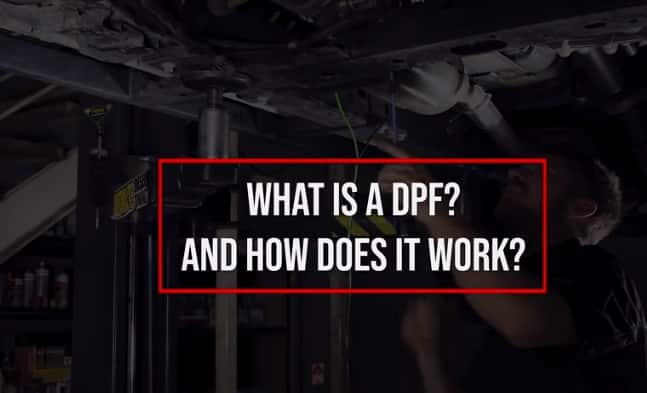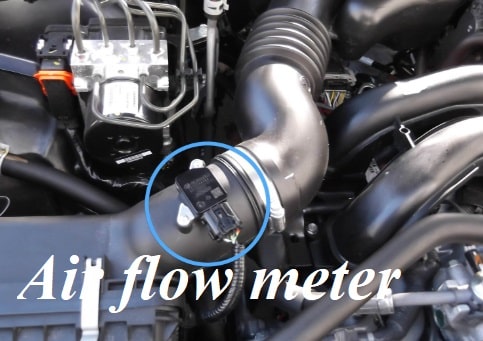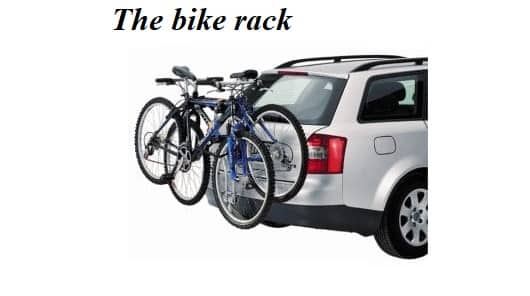we’re going to cover some of the terms like DPF and def that you’ve probably heard in relation to your newer diesel-powered truck but may not be really clear on exactly what they mean and what it may mean for you and your truck in this presentation.
we’ll go over the two most egregious engine emissions at the EPA decided to control and minimize and what car manufacturers did to comply I’m earning with insane diesel and we’re going to discuss those two bad boys that come out your tailpipe that are drawing so much attention from the EPA and the first of those is nitrous oxides there’s n O and no2 nitrous oxide gases are formed in the combustion chamber and the hotter the combustion in the engine the more nitrous oxides that are created.
the second is DPM or diesel particulate matter and that’s the black smoke you see coming out the tailpipe when you step on the gas really hard and you look behind you and then you see like black smoke it’s soot or in other words, partially burned fuel and no one likes breathing those either right so unfortunately that two kind of are formed under the opposite conditions .]
we can’t get rid of one without creating a large amount of the other one high efficiency and high-temperature combustion creates nitrous oxides and cooler combustion and less efficient combustion creates DPM or soot.
let’s go on into the EGR and how the EPA decided to use that in order to try to limit the number of nitrous oxides coming out the tailpipe and it does that by taking some of the exhaust that normally would all go out the engine and recirculating it back into the intake through the EGR valve and EGR valve determines.
how much goes on there based on driving and engine conditions and but the amount can be 30 to 50 percent and that the nice thing is is that it reduces nitrous oxides the downside is that’s replacing nice fresh air-fuel mixture coming into the engine and results in a less efficient.
however cooler but less efficient combustion process and that means you’re going to lose gas mileage and power also even though we’re dropping nitrous oxides having a less efficient.combustion means more fuel goes out on burn and that is DPM or soot and when that soot comes back in through the exhaust.
that coats kind of the intake and the inside of the combustion chamber and blows by or washes by and ends up in your oil and that’s how soot or more so than usual ends up in the oil of a diesel engine and as soon as abrasive and can cause damage or premature wear to the bearings and the other surfaces that the oil is supposed to protect and lubricate okay now that we’ve dealt with the nitrous oxides
coming out the exhaust pipe by cooling the combustion in the combustion chamber the EPA decided that next one and to address the DPM are the diesel particulate matter so the smoke that
comes out the tailpipe especially since a little bit more is created with by inefficient process with the EGR valve and so we come to our next set of acronyms the DPF
the DPF delete is a diesel particulate filter, and it kind of looks like a muffler is about the same size and shape,
but it’s a very fine filter and that a suit an exhaust smoke that’s coming out of the engine is caught in a screen that filters down to one micron so very fine and that works really good for a short while at some point however the cookies suit starts plugging up the DPF and that caused a little back pressure the engine caused it to run low efficiency and that triggers the computer to go into regen mode or regeneration and for a regeneration we got to bring that DPF up to about 1100 degrees about 600 degrees Celsius and to do that one thing the car manufacturers came up with was a dump fuel into the combustion chamber but after the the normal combustion had already taken place so it wasn’t fuel that went actually into providing more power for the engine as fuel simply meant to provide heat and bring this DPF up to that temperature necessary to burn off the rest of that diesel particulate matter and cleaner exhaust now the problem with regen mode is it requires high rpms and that works good if you’re going down the highway but if you’re just driving around town and their regen mode kicks in through stopping and starting ,it may not be able to complete the regen process and that becomes problematic, if that happens a lot because it starts to plug this up and it doesn’t get burnedout again,
it provides back pressure to the engine makes the combustion less efficient makes you drop power and gas mileage.
Plus that fuel that’s being dumped in there doesn’t go to moving the car forward anyways it just goes to creating heat and that can really drop your gas mileage down but the problem comes when this is not completely cleaned out several times.
when it wants to be or needs to be and it becomes plugged at that point the engine performance really gets shut down and the options are to take it off and get it cleaned which is very expensive or to replace it. which is even more expensive it’s like an upwards of eight thousand dollars sometimes to replace these things in these devices were using precious metals such as palladium and platinum so they can become quite expensive alright and so again very often this suit causes a backpressure and that causes the exhaust gases to not be fully purgedfrom the combustion chamber and that soot is then again ending up in your oil and it’s becoming quite a serious issue that with the amount of soot that is ending up in the oil and one of the issues is of course as soon as anabrasive.
it’s damaging to the engine bearings into the camshaft and lifters and so forth but also that the oil ports and the oil orifices that feed the bearings are in the newer engine’s quite small and it’s it can plug those up also some of that fuel that’s being dumped in the combustion initial combustion has taken place is also being partially burned and creating more soot oil and some of that fuels is actually not being burnt at all and is washing away the oil film that protects and lubricates a piston when it’s going up and down in the cylinder and it’s causing premature wear in the cylinder walls and then that oil or that fuel continues to end up in the oil and it gets into the bearings and replaces the oil that should be lubricating the bearings and what we’re finding is that is causing catastrophic engine failure by destroying the bearings so it’s very important thatthis stay in as good condition as possible and we’re also going to show you another way that we can radically reduce the damage that potentially canhappen from the use of the DPF the goal to reduce diesel particulate material coming out the tailpipe has been met but it comes at some times at quite asignificant cost to your engine alright
we’ve got the EGR dropping nitrousoxides and we’ve got the DPF dropping DPM or soot that comes out the tailpipe however remember that the DPM are theDPF needs a particulate filter in some very high temperatures to bring that suit level down and remember hightemperatures creating nitrous oxides so the EPA decided then in 2010 that it wastime to work on those nitrous oxides again and the levels for nitrous oxides be lowered and the car manufacturers had to come up with a way to make that happen and here’s what they came up with it’s called as you can see our next actor name is the SCR selective catalytic reductionand so that is another muffler shaped a device that’s put into the exhaust system and it works in conjunction with def which is diesel exhaust fluid and so how that works is is DDF diesel exhaust fluid is basically ammonia that’s going to be your chemically expressed nh3 and this also is computer controlled.
what it does is it sent that DPF delete down a line and injects it into the scr the selective catalytic reduction and X and out the tailpipe comes some nice harmless water and nitrogen those are things we normally breathe in the air and everybody’s happy when that happens right so now the DF is probably you may have noticed it’s a little blue cap usually in a fuel filler door and you buy it in boxes so it will actually gallon containers that are in boxes and it’s essential that you keep that de F fluid up past a certain level when it starts getting a little it’ll put a little warning light on your dash and if you continue to drive and that runs out then the computer will put the engine into limp mode.
you’ll only be able to go about 5 miles per hour and then if you turn it off it’s sometimes it won’t even restart until you fill that fluid back up now another issue we’re finding with that fluid is it can be contaminated or if it sits for a couple of months it can crystallize and
then it won’t be able to be injected and the truck won’t start and it looks like there’s any reason for that to happen because there’s our there is fluid in there also the what we’re finding is in really cold weather that fluid of fluid is also crystallizing and plugging the injector and the scr itself and so in the middle of winter truck won’t run or it’s in limp mode and the d EF is up and you’re wondering what’s going on and that we’re finding that sometimes the case but overall that’s a relatively minor thing and the use of the de f and the scr is actually turned out to be a really good thing because what we can do is not rely so much on the EGR to control nitrous oxides because it’s being controlled afterwards and that means that we can take the temperature and the efficiency of the combustion chamber and the combustion process and bring it back up so we can run that engine the way it was intended to be run and we get our power back we’re getting our gas mileage back.





